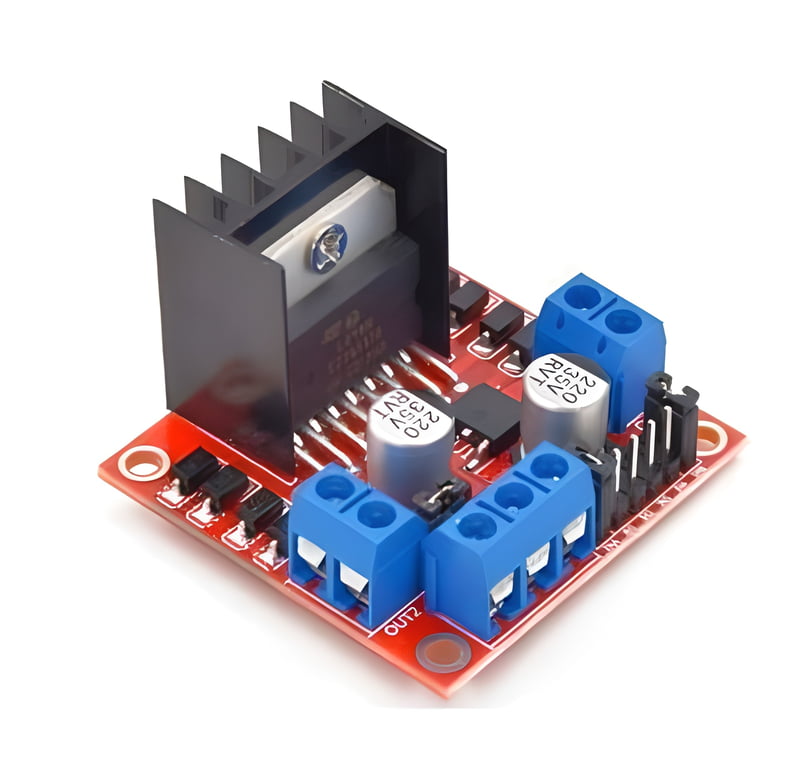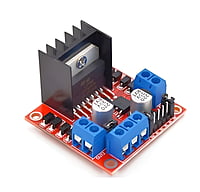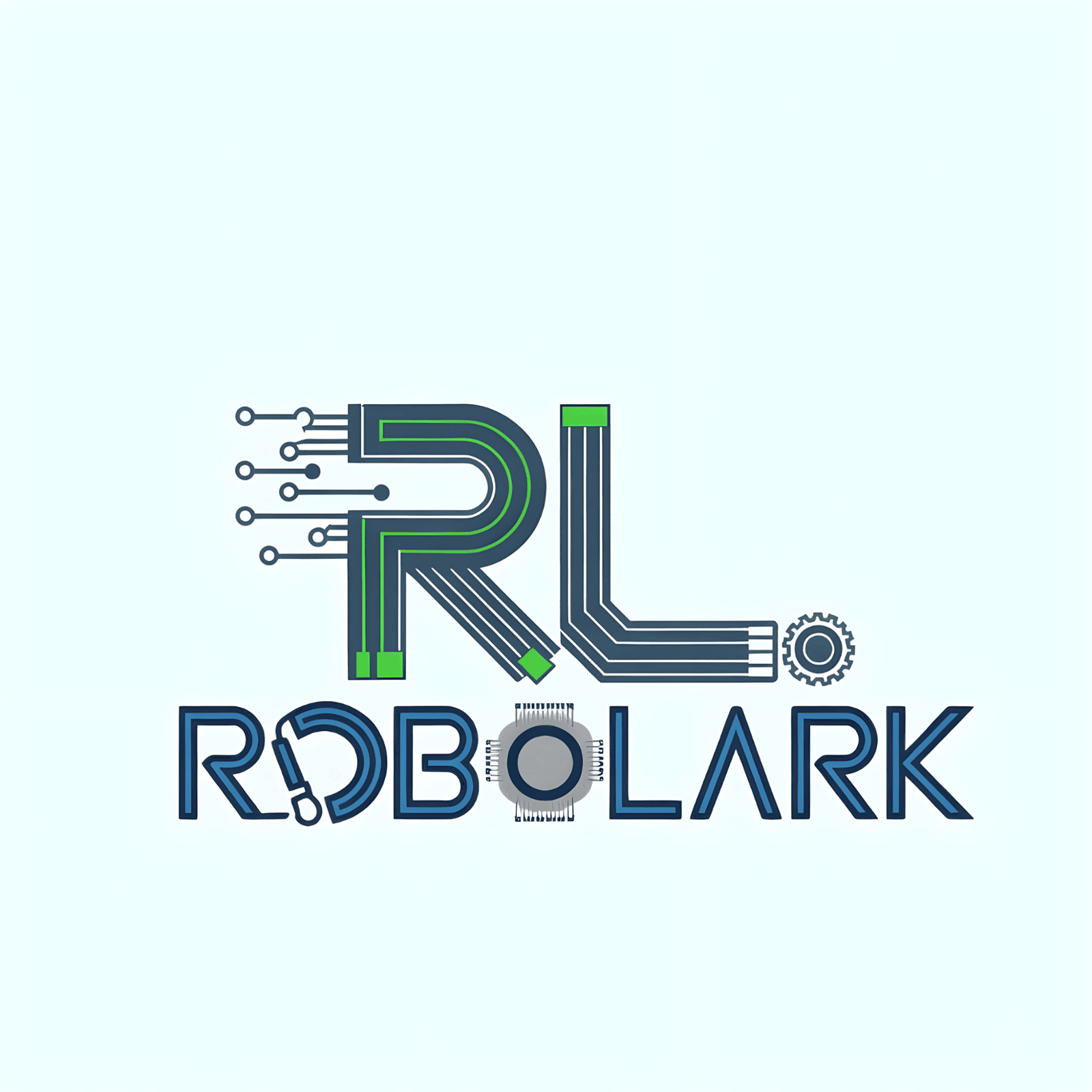






L298N Motor Driver
Product Details
Key Features:-
Dual H-Bridge Configuration: The L298N is designed as a dual H-bridge motor driver, which means it can control two DC motors or one stepper motor independently. Each H-bridge can control the direction and speed of a motor.
High Current Handling: This motor driver can handle relatively high currents, making it suitable for driving motors with moderate to high power requirements.
Bidirectional Control: It enables bidirectional control of the motors, allowing them to move forward and backward. This is essential for applications where reversible motor control is required.
Input Control Pins: For each motor, there are three input control pins:
- Input 1 (IN1) and Input 2 (IN2): These pins determine the motor's direction (forward, reverse, or off).
- Enable (EN): This pin is used to enable or disable the motor connected to the corresponding H-bridge. PWM signals on this pin control the motor's speed.
Built-in Diodes: The L298N includes built-in flyback diodes (also known as freewheeling diodes) to protect against voltage spikes that can occur when the motors are turned off.
Wide Operating Voltage Range: It can operate over a wide voltage range, typically from around 5V to 35V, depending on the specific variant and configuration.
Functionality:
- The L298N Motor Driver simplifies the control of DC motors and stepper motors by providing an interface for microcontrollers or other control devices.
- When specific input signals are applied to the control pins, the IC drives the connected motors in the desired direction at a specific speed.
- The PWM signals on the Enable (EN) pins allow you to control the motor speed smoothly.
Applications:
- Robotics: Controlling the motors of mobile robots for movement and navigation.
- Remote-Controlled Vehicles: In RC cars, boats, drones, and other hobbyist vehicles.
- Automation Systems: For controlling conveyor belts, gate openers, and other machinery.
- Electronics Projects: In DIY electronics projects that require motor control.
- Prototyping: It is a popular choice for motor control when prototyping electronic designs using microcontrollers.


